|
L'apport supérieur total en folate a été associé à une diminution du risque de l’incidence d'hypertension. Tracy A. Taylor, vice-président des affaires publiques et des communications du National Nutritional Foods Association (NNFA), a déclaré : « L’année dernière, nous avons appris que si seulement un petit pourcentage de femmes à l’âge de procréer avaient pris 400 microgrammes / jour d'acide folique, ceci aurait pu faire sauver plus de 1 milliard $ en coûts de soins de santé sur une période de cinq ans ». « Il semblerait que ce supplément peu coûteux aurait le potentiel de réduire le coût des soins de santé de plusieurs milliards de dollars, puisque 1 américain sur 4 souffre d'hypertension artérielle. » http://www.naturalproductsinsider.com/articles/2005/02/folate-reduces-hypertension-in-women.aspx RÉFÉRENCE:
Veuillez lire l'article complet (en anglais seulement) : Abstract CONTEXT: Folate has important beneficial effects on endothelial function, but there is limited information about folate intake and risk of incident hypertension. OBJECTIVE: To determine whether higher folate intake is associated with a lower risk of incident hypertension. DESIGN, SETTING, AND PARTICIPANTS: Two prospective cohort studies of 93,803 younger women aged 27 to 44 years in the Nurses' Health Study II (1991-1999) and 62,260 older women aged 43 to 70 years in the Nurses' Health Study I (1990-1998), who did not have a history of hypertension. Baseline information on dietary folate and supplemental folic acid intake was derived from semiquantitative food frequency questionnaires and was updated every 4 years. MAIN OUTCOME MEASURE: Relative risk of incident self-reported hypertension during 8 years of follow-up. RESULTS: We identified 7373 incident cases of hypertension in younger women and 12,347 cases in older women. After adjusting for multiple potential confounders, younger women who consumed at least 1000 microg/d of total folate (dietary plus supplemental) had a decreased risk of hypertension (relative risk [RR], 0.54; 95% confidence interval [CI], 0.45-0.66; P for trend <.001) compared with those who consumed less than 200 microg/d. Younger women's absolute risk reduction (ARR) was approximately 8 cases per 1000 person-years (6.7 vs 14.8 cases). The multivariable RR for the same comparison in older women was 0.82 (95% CI, 0.69-0.97; P for trend = .05). Older women's ARR was approximately 6 cases per 1000 person-years (34.7 vs 40.4 cases). When the analysis was restricted to women with low dietary folate intake (<200 microg/d), the multivariable RR for younger women with total folate intake at least 800 microg/d compared with less than 200 microg/d was 0.55 (95% CI, 0.32-0.94; P for trend = .03), and 0.61 (95% CI, 0.34-1.11; P for trend = .05) in the older cohort. Among women who did not take folic acid-containing supplements, dietary folate intake of 400 microg/d or more was not significantly associated with risk of hypertension. CONCLUSION: Higher total folate intake was associated with a decreased risk of incident hypertension, particularly in younger women. REFERENCE: JAMA. 2005 Jan 19;293(3):320-9. Folate intake and the risk of incident hypertension among US women. Forman JP1, Rimm EB, Stampfer MJ, Curhan GC. Les recherches indiquent que des niveaux adéquats de vitamine C et de zinc peuvent réduire l'incidence et améliorent le pronostique de la pneumonie, du paludisme et des infections causées par la diarrhée, chez les enfants des pays en voie de développement. RÉFÉRENCE:
Veuillez lire l'article complet (en anglais seulement) : Abstract Vitamin C concentrations in the plasma and leukocytes rapidly decline during infections and stress. Supplementation of vitamin C was found to improve components of the human immune system such as antimicrobial and natural killer cell activities, lymphocyte proliferation, chemotaxis, and delayed-type hypersensitivity. Vitamin C contributes to maintaining the redox integrity of cells and thereby protects them against reactive oxygen species generated during the respiratory burst and in the inflammatory response. Likewise, zinc undernutrition or deficiency was shown to impair cellular mediators of innate immunity such as phagocytosis, natural killer cell activity, and the generation of oxidative burst. Therefore, both nutrients play important roles in immune function and the modulation of host resistance to infectious agents, reducing the risk, severity, and duration of infectious diseases. This is of special importance in populations in which insufficient intake of these nutrients is prevalent. In the developing world, this is the case in low- and middle-income countries, but also in subpopulations in industrialized countries, e.g. in the elderly. A large number of randomized controlled intervention trials with intakes of up to 1 g of vitamin C and up to 30 mg of zinc are available. These trials document that adequate intakes of vitamin C and zinc ameliorate symptoms and shorten the duration of respiratory tract infections including the common cold. Furthermore, vitamin C and zinc reduce the incidence and improve the outcome of pneumonia, malaria, and diarrhea infections, especially in children in developing countries. Ann Nutr Metab. 2006;50(2):85-94. Epub 2005 Dec 21. Immune-enhancing role of vitamin C and zinc and effect on clinical conditions.Wintergerst ES1, Maggini S, Hornig DH. Selon la littérature, la supplémentation en vitamines B, C, K et celle en silicium pourrait être recommandée pour le bon entretien de la santé des os. RÉFÉRENCE:
Veuillez lire l'article complet (en anglais seulement) : Abstract Osteoporosis is a leading cause of morbidity and mortality in the elderly and influences quality of life, as well as life expectancy. Currently, there is a growing interest among the medical scientists in search of specific nutrients and/or bioactive compounds of natural origin for the prevention of disease and maintenance of bone health. Although calcium and vitamin D have been the primary focus of nutritional prevention of osteoporosis, a recent research has clarified the importance of several additional nutrients and food constituents. Based on this review of the literature, supplementation with vitamins B, C, K, and silicon could be recommended for proper maintenance of bone health, although further clinical studies are needed.The results of studies on long-chain polyunsaturated fatty acids, potassium, magnesium, copper, selenium, and strontium are not conclusive, although studies in vitro and in animal models are interesting and promising. Endocrinol Nutr. 2013 Apr;60(4):197-210. doi: 10.1016/j.endonu.2012.09.006. Epub 2012 Dec 28. Update on nutrients involved in maintaining healthy bone. Rondanelli M1, Opizzi A, Perna S, Faliva MA. Il y a une forte (env. 40%) prévalence de la carence en vitamine B12 chez les patients hypothyroïdiens. Un dépistage des niveaux de vitamine B12 devrait être entrepris chez tous les patients, indépendamment de leur état d'anticorps thyroïdien. RÉFÉRENCE:
Veuillez lire l'article complet (en anglais seulement) : Abstract OBJECTIVE: To assess the prevalence and clinical features of B12 deficiency in hypothyroid patients and to evaluate clinical response in symptoms to B12 replacement therapy. METHODS: One hundred and sixteen hypothyroid patients from our endocrine clinic were evaluated for signs and symptoms of vitamin B12 deficiency. Laboratory parameters including Haemoglobin (Hb), MCV, Vitamin B12 levels and presence of anti thyroid antibodies were analyzed. Patients with low B12 levels were treated with parenteral intramuscular vitamin B12 monthly, and monitored for improvement of symptoms. RESULTS: A total of 116 patients (95 females and 21 males) were evaluated. Forty six (39.6%) hypothyroid patients had low vitamin B12 levels. Males and females had the same prevalence of B12 deficiency. Generalized weakness, impaired memory, depression, numbness and decreased reflexes were more frequently noted in B12 deficient patients, but failed to achieve statistical significance when compared with B12 sufficient patients. The mean Hb in B12 deficient group was 11.9 +/- 1.6 mg/dl and 12.4 +/- 1.7 mg/dl in the B12 sufficient group, however the mean MCV did not differ in the two groups. Patients with B12 deficiency did not have a higher prevalence of anaemia. Thyroid antibodies were checked in half the patients and 67% had positive titers for anti thyroid antibodies. Prevalence of vitamin B12 deficiency did not differ in patients with positive antibodies (43.2%) compared to those with negative antibodies (38.9%) (p= 0.759). Twenty four hypothyroid patients with B12 deficiency received intramuscular vitamin B12 injections monthly and improvement in symptoms was noted in 58.3% of these subjects.Additionally, 21 subjects complained of symptoms consistent with B12 deficiency but who had normal range B12, levels and were prescribed monthly B12 injections and 8 (40%) had good subjective clinical response at 6 months. CONCLUSIONS: There is a high (approx 40%) prevalence of B12 deficiency in hypothyroid patients. Traditional symptoms are not a good guide to determining presence of B12 deficiency. Screening for vitamin B12 levels should be undertaken in all hypothyroid patients, irrespective of their thyroid antibody status. Replacement of B12 leads to improvement in symptoms, although a placebo effect cannot be excluded, as a number of patients without B12 deficiency also appeared to respond to B12, administration. J Pak Med Assoc. 2008 May;58(5):258-61. Vitamin B12 deficiency common in primary hypothyroidism. Jabbar A1, Yawar A, Waseem S, Islam N, Ul Haque N, Zuberi L, Khan A, Akhter J. Les carences nutritionnelles spécifiques chez les patients Alzheimer comprennent les acides gras oméga-3, plusieurs vitamines B et les antioxydants tels que les vitamines E et C. RÉFÉRENCE:
Veuillez lire l'article complet (en anglais seulement) : Abstract Epidemiological evidence linking nutrition to the incidence and risk of Alzheimer Disease is rapidly increasing. The specific nutritional deficiencies in Alzheimer patients may suggest a relative shortage of specific macro- and micronutrients. These include omega-3 fatty acids, several B-vitamins and antioxidants such as vitamins E and C. Recent mechanistic studies in cell systems and animal models also support the idea that nutritional components are able to counteract specific aspects of the neurodegenerative and pathological processes in the brain. In addition, it has been shown that several nutritional components can also effectively stimulate membrane formation and synapse formation as well as improve behavior and cerebrovascular health. The suggested synergy between nutritional components to improve neuronal plasticity and function is supported by epidemiological studies as well as experimental studies in animal models. The ability of nutritional compositions to stimulate synapse formation and effectively reduce Alzheimer Disease neuropathology in these preclinical models provides a solid basis to predict potential to modify the disease process, especially during the early phases of Alzheimer Disease. Eur J Pharmacol. 2008 May 6;585(1):197-207. doi: 10.1016/j.ejphar.2008.01.049. Epub 2008 Mar 4. The potential role of nutritional components in the management of Alzheimer's Disease. van der Beek EM1, Kamphuis PJ. La supplémentation en coenzyme Q10 à une dose de 500 mg semble diminuer les marqueurs inflammatoires chez les patients atteints de sclérose en plaques. RÉFÉRENCE:
Veuillez lire l'article complet (en anglais seulement) : Abstract OBJECTIVES: Multiple sclerosis (MS) is an immune-mediated neurodegenerative disease of central nervous system and recent studies show that inflammatory processes are highly associated with neurodegeneration in the brain. The purpose of this study was to investigate the effect of coenzyme Q10 supplementation on inflammatory and anti-inflammatory markers in patients with MS. METHODS: This randomized, double-blind, placebo-controlled clinical study was performed among 48 patients with relapsing-remitting MS. Subjects were randomly assigned to a placebo group (n = 24) or coenzyme Q10 (CoQ10)-supplemented group (500 mg/day, n = 24). The intervention was administered for 12 weeks. Peripheral blood samples were collected at baseline and after 12-week intervention, to measure inflammatory (tumor necrosis factor-α (TNF-α), interleukin (IL)-6, and matrix metalloproteinase (MMP)-9) and anti-inflammatory (IL-4 and TGF-β) markers. RESULTS: Forty-five patients completed the study. After 12 weeks of intervention, the TNF-α levels (P = 0.003) decreased significantly in the CoQ10 group. Subjects in the CoQ10 group had significantly lower IL-6 levels (P = 0.037), compared to the placebo group. CoQ10 supplementation also resulted in decreased serum levels of MMP-9 as compared to the placebo group (P = 0.011). However, CoQ10 supplementation did not alter the IL-4 and TGF-β levels (P = 0.16 and P = 0.81, respectively). DISCUSSION: CoQ10 supplementation at a dosage of 500 mg appears to decrease the inflammatory markers (TNF-α, IL-6, and MMP-9) in patients with MS. Nutr Neurosci. 2015 May;18(4):169-76. doi: 10.1179/1476830513Y.0000000106. Epub 2014 Jan 10. Coenzyme Q10 supplementation ameliorates inflammatory markers in patients with multiple sclerosis: a double blind, placebo, controlled randomized clinical trial. Sanoobar M, Eghtesadi S, Azimi A, Khalili M, Khodadadi B, Jazayeri S, Gohari MR, Aryaeian N. Un apport nutritionnel adéquat en sélénium, combiné aux deux autres oligo-éléments essentiels ; l’iode et le fer, est nécessaire à une saine thyroïde au cours du développement, de l'adolescence, chez l'adulte et chez les populations vieillissantes. RÉFÉRENCE:
Veuillez lire l'article complet (en anglais seulement) : Abstract PURPOSE OF REVIEW: To provide information on the role of the essential trace element selenium, which enables appropriate thyroid hormone synthesis, secretion, and metabolism, and to discuss supplementation with various selenium compounds, which prevent thyroid diseases such as goiter and exert beneficial effects in thyroid autoimmune diseases. RECENT FINDINGS: Selenium administration in both autoimmune thyroiditis (M. Hashimoto) and mild Graves' disease improves clinical scores and well-being of patients and reduces autoimmune antibody titres in several prospective, placebo-controlled supplementation studies. SUMMARY: Adequate nutritional supply of selenium, together with the two other essential trace elements iodine and iron, is required for a healthy thyroid during development and adolescence, as well as in the adult and aging populations. Curr Opin Endocrinol Diabetes Obes. 2013 Oct;20(5):441-8. doi: 10.1097/01.med.0000433066.24541.88. Selenium and the thyroid.Köhrle J1. L’ Augmentation de la prise de vitamine C de 50 mg / jour a été associée à la réduction du risque de néoplasie cervicale. RÉFÉRENCE:
Veuillez lire l'article complet (en anglais seulement) : Abstract To assess the association between vitamin C intake and cervical neoplasia (CN) risk. Databases including PubMed, Embase, and Springer link were retrieved up to June 10, 2014 with predefined strategy. The combined odds ratios (ORs) and their 95% confidence intervals (CIs) were calculated for overall and subgroup analyses. The publication bias was assessed using Begg's test and Egger's test. Sensitivity analysis was also conducted. Twelve studies consisting of 1 prospective cohort study and 11 case-control studies were included. In overall analysis, vitamin C intake was significantly associated with the reduced risk of CN (OR = 0.58; 95% CI: 0.44 to 0.75; P < 0.001). Subgroup analysis stratified by vitamin C dose indicated all dose categories achieved a reduced CN risk. Furthermore, increased vitamin C intake by 50 mg/day was related to the reduced risk of CN (OR = 0.92; 95% CI: 0.89 to 0.94; P < 0.05). No publication bias was detected by Begg's test (P = 0.169) and no apparent fluctuation was observed in summary OR by sensitivity analysis. Vitamin C intake was inversely associated with the risk of CN and this association was dose-dependent. However, more randomized controlled trials are required for further validation. Nutr Cancer. 2016;68(1):48-57. doi: 10.1080/01635581.2016.1115101. Epub 2016 Jan 5. Association between vitamin C Intake and the risk of cervical neoplasia: A meta-analysis. Cao D1, Shen K2, Li Z1, Xu Y1, Wu D1. Ceux qui avaient à la fois l’hypertension et de faibles niveaux de vitamine D, avaient près du double de risque de problèmes cardiovasculaires. RÉFÉRENCE:
Veuillez lire l'article complet (en anglais seulement) : BACKGROUND: Vitamin D receptors have a broad tissue distribution that includes vascular smooth muscle, endothelium, and cardiomyocytes. A growing body of evidence suggests that vitamin D deficiency may adversely affect the cardiovascular system, but data from longitudinal studies are lacking. METHODS AND RESULTS: We studied 1739 Framingham Offspring Study participants (mean age 59 years; 55% women; all white) without prior cardiovascular disease. Vitamin D status was assessed by measuring 25-dihydroxyvitamin D (25-OH D) levels. Prespecified thresholds were used to characterize varying degrees of 25-OH D deficiency (< 15 ng/mL, < 10 ng/mL). Multivariable Cox regression models were adjusted for conventional risk factors. Overall, 28% of individuals had levels < 15 ng/mL, and 9% had levels < 10 ng/mL. During a mean follow-up of 5.4 years, 120 individuals developed a first cardiovascular event. Individuals with 25-OH D < 15 ng/mL had a multivariable-adjusted hazard ratio of 1.62 (95% confidence interval 1.11 to 2.36, P=0.01) for incident cardiovascular events compared with those with 25-OH D > or = 15 ng/mL. This effect was evident in participants with hypertension (hazard ratio 2.13, 95% confidence interval 1.30 to 3.48) but not in those without hypertension (hazard ratio 1.04, 95% confidence interval 0.55 to 1.96). There was a graded increase in cardiovascular risk across categories of 25-OH D, with multivariable-adjusted hazard ratios of 1.53 (95% confidence interval 1.00 to 2.36) for levels 10 to < 15 ng/mL and 1.80 (95% confidence interval 1.05 to 3.08) for levels < 10 ng/mL (P for linear trend=0.01). Further adjustment for C-reactive protein, physical activity, or vitamin use did not affect the findings. CONCLUSIONS: Vitamin D deficiency is associated with incident cardiovascular disease. Further clinical and experimental studies may be warranted to determine whether correction of vitamin D deficiency could contribute to the prevention of cardiovascular disease. Circulation. 2008 Jan 29;117(4):503-11. doi: 10.1161/CIRCULATIONAHA.107.706127. Epub 2008 Jan 7. Vitamin D deficiency and risk of cardiovascular disease. Wang TJ1, Pencina MJ, Booth SL, Jacques PF, Ingelsson E, Lanier K, Benjamin EJ, D'Agostino RB, Wolf M, Vasan RS. L’ajout de la lutéine et de DHA (une partie d'Oméga 3) peut aider à réduire le risque de dégénérescence maculaire liée à l'âge, à protéger la macula des dommages oxydatifs, et l'augmentation du transport de la lutéine dans la macula. RÉFÉRENCE:
Veuillez lire l'article complet (en anglais seulement) : ABSTRACT: Background: Lutein and docosahexaenoic acid (DHA) may protect against age-related macular degeneration (AMD). Lutein is a component of macular pigment. DHA is in the retina. Objective: The objective of this 4-mo study was to determine the effects of lutein (12 mg/d) and DHA (800 mg/d) on their serum concentrations and macular pigment optical density (MPOD). Design: Forty-nine women (60–80 y) were randomly assigned to placebo, DHA, lutein, or lutein + DHA supplement. Serum was analyzed for lutein and DHA (0, 2, and 4 mo). MPOD was determined (0 and 4 mo) at 0.4, 1.5, 3, and 5° temporal retinal eccentricities. Serum was analyzed for lipoproteins (4 mo). Results: There was no interaction between lutein and DHA supplementations for serum lutein and MPOD. The lutein supplementation × DHA supplementation × month interaction was significant for serum DHA response (P < 0.05). In the lutein group, serum lutein increased from baseline at 2 and 4 mo (P < 0.001), and MPOD increased at 3.0° (P < 0.01). In the DHA group, serum DHA increased at 2 and 4 mo (P < 0.0001), and MPOD increased at 0.4° (P < 0.05). In the lutein + DHA group, serum lutein and DHA increased at 2 and 4 mo (P < 0.01), and MPOD increased at 0.4, 1.5, and 3° (P = 0.06, 0.08, and 0.09, respectively). Differences from placebo in lipoprotein subfractions were greatest for the lutein + DHA group (4 mo). Conclusions: Lutein supplementation increased macular pigment optical density (MPOD) eccentrically. DHA resulted in central increases. These results may be due to changes in lipoproteins. Lutein and DHA may aid in prevention of age-related macular degeneration. The influence of supplemental lutein and docosahexaenoic acid on serum, lipoproteins, and macular pigmentation1,2,3,4 |
AVIS IMPORTANT:
Veuillez prendre connaissance de cet avertissement et rappelez-vous que le site www.drsuciu.com ne saurait remplacer une consultation avec vos professionnels de la santé. L'information fournie sur le site web www.drsuciu.com est d'ordre général. Avant de prendre toute décision de nature médicale ou si vous avez des questions concernant votre état de santé personnel, adressez-vous à un professionnel de la santé qualifiée. D'aucune manière ces points de vue, commentaires et renseignements ne constituent une recommandation de traitement (préventif ou curatif), une ordonnance ou un diagnostic, ni ne doivent être considérés comme tels. Archives
Août 2017
|
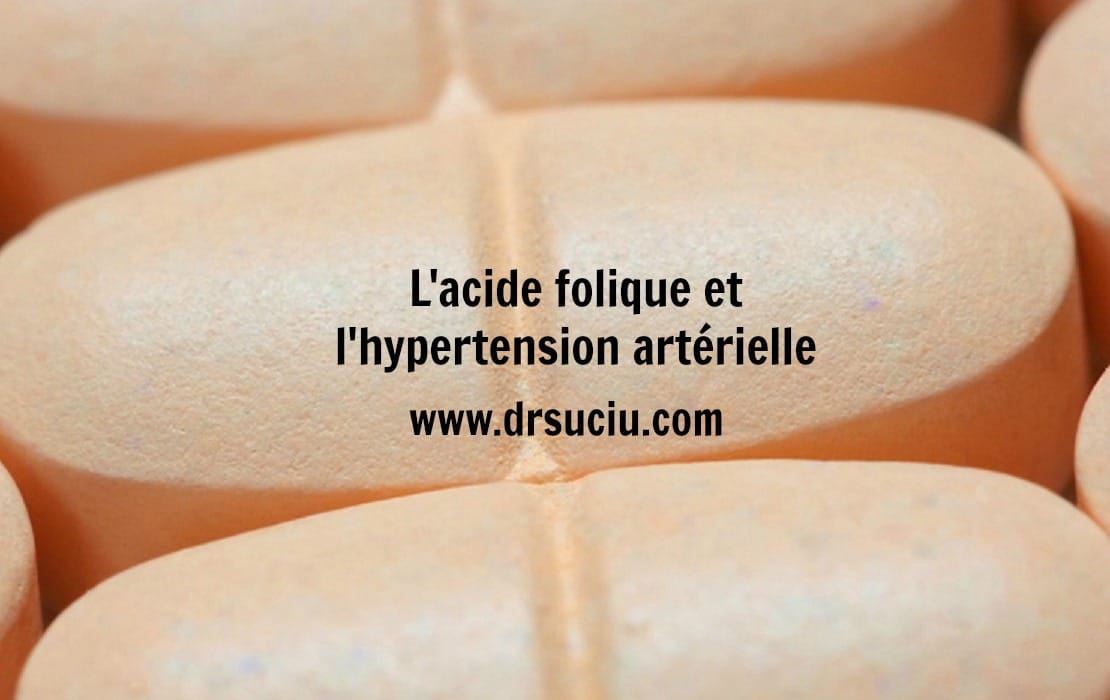
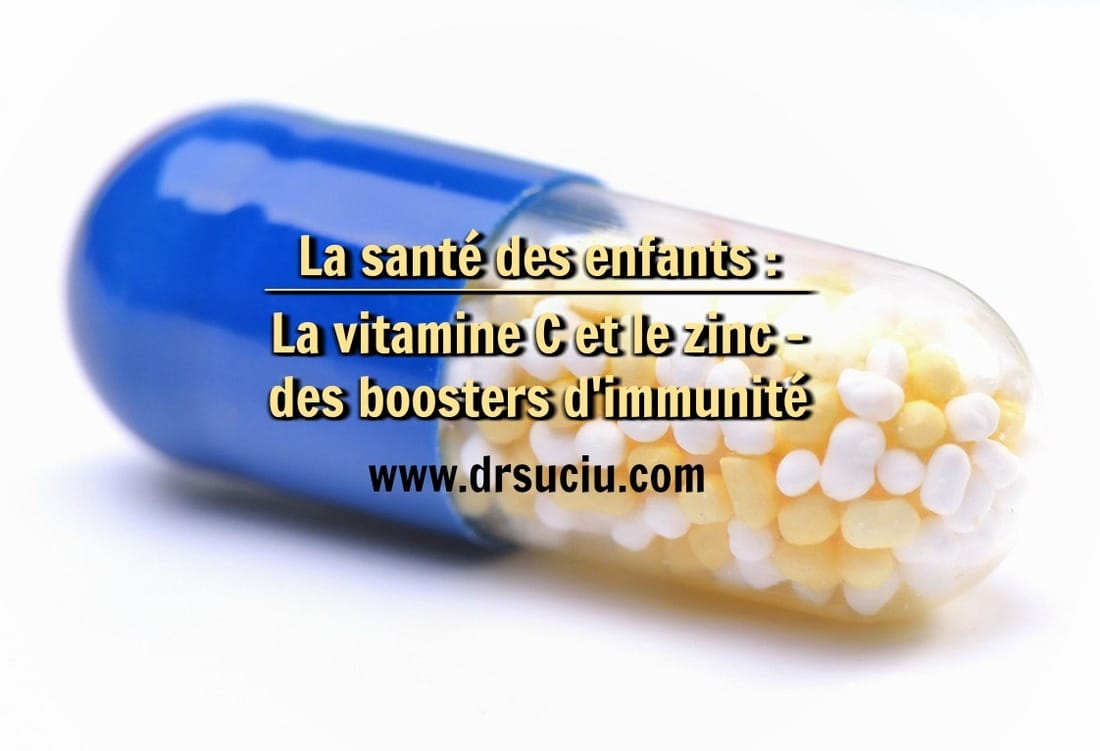
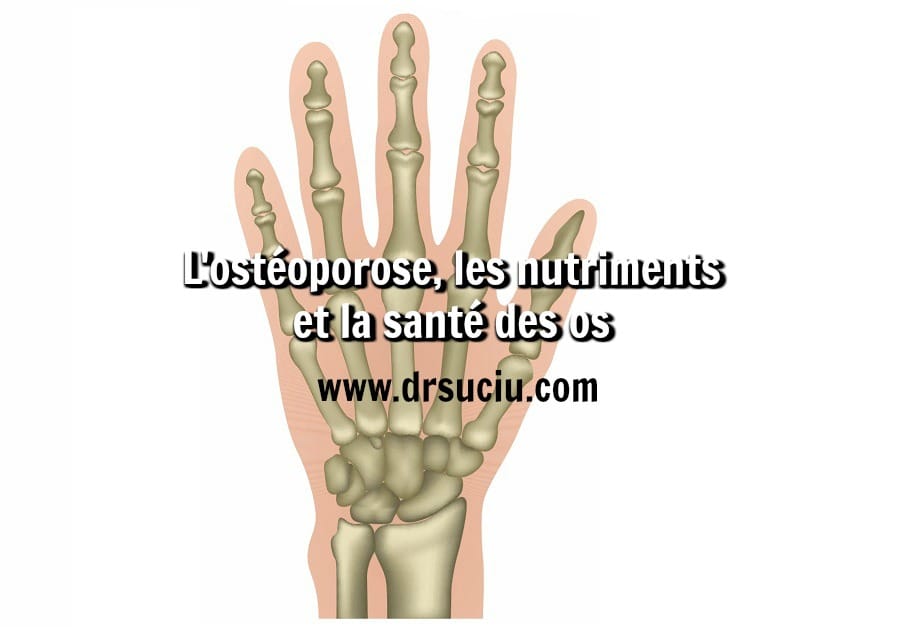
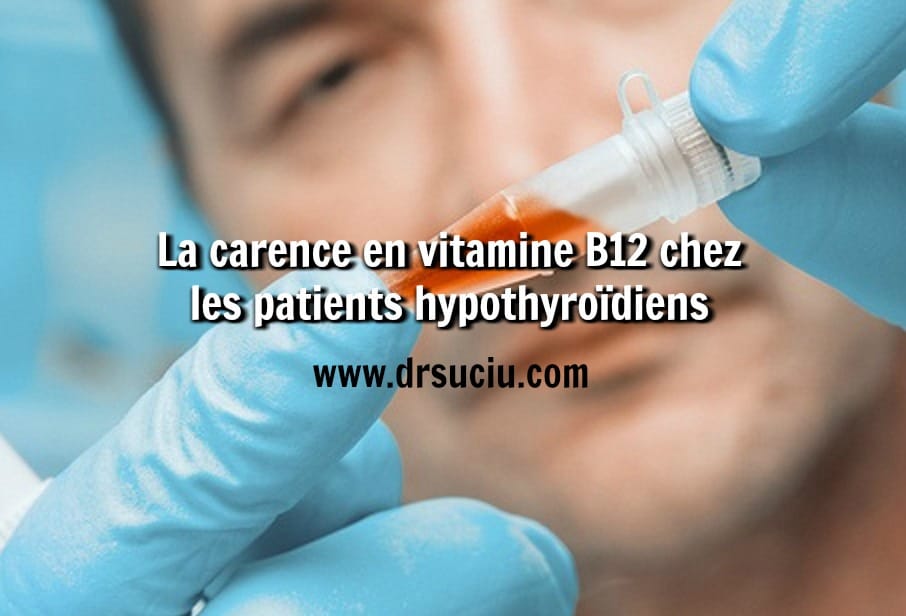

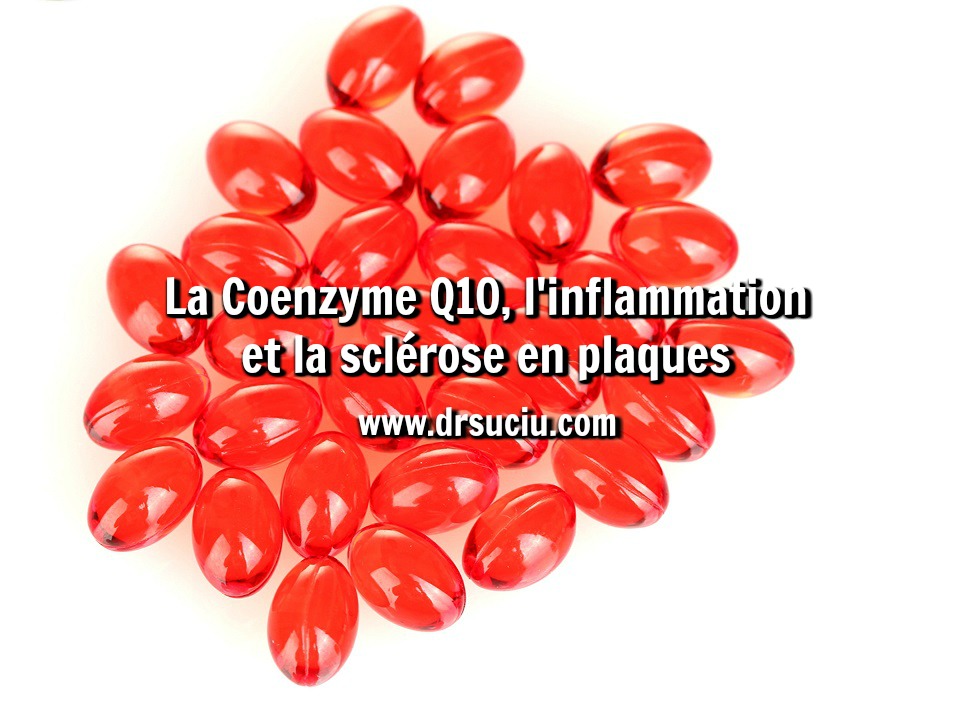
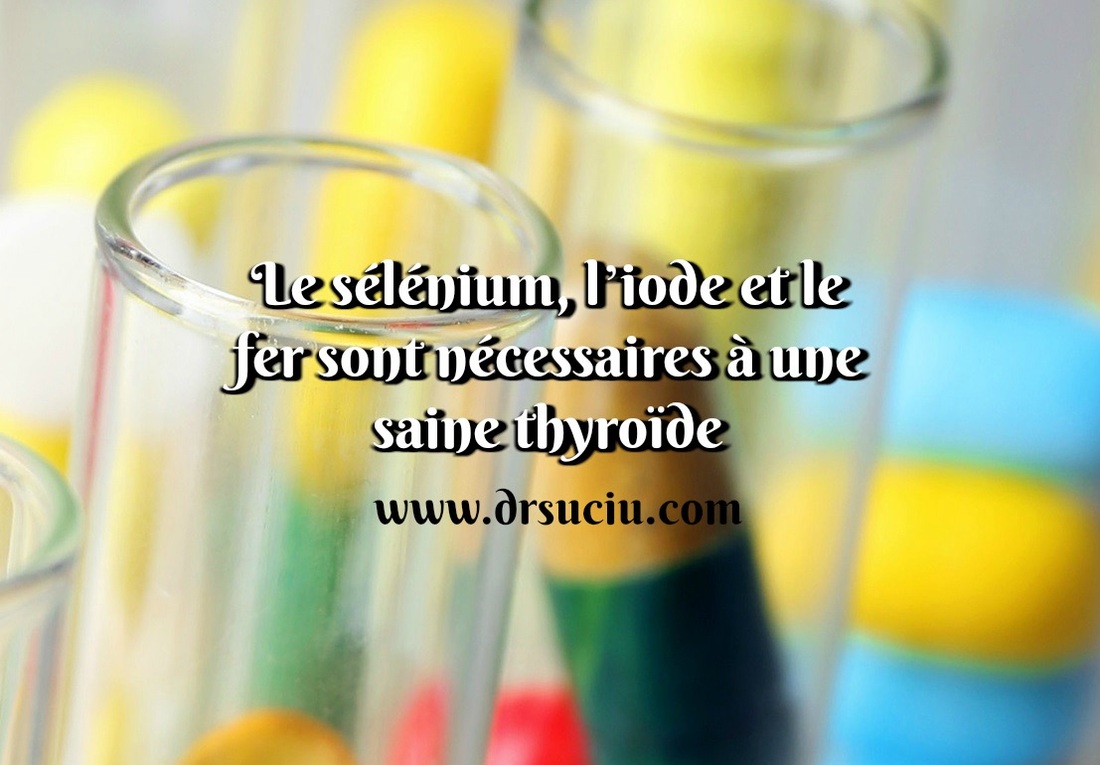
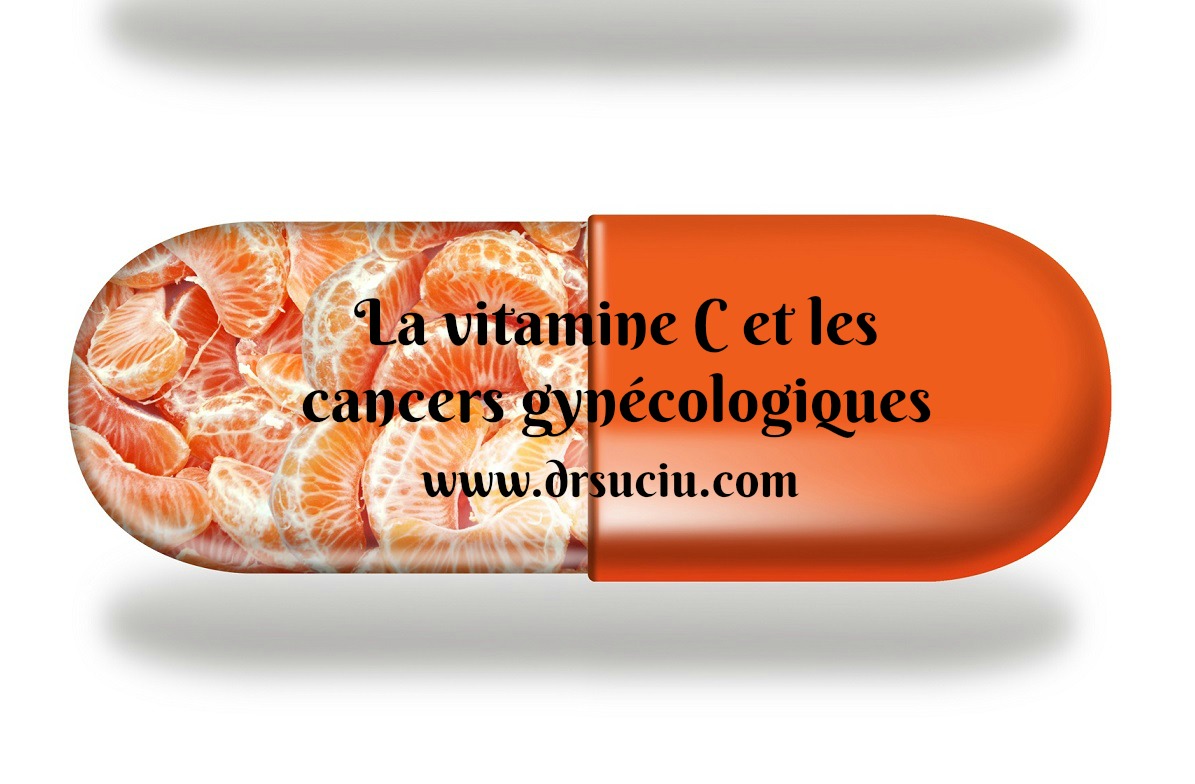
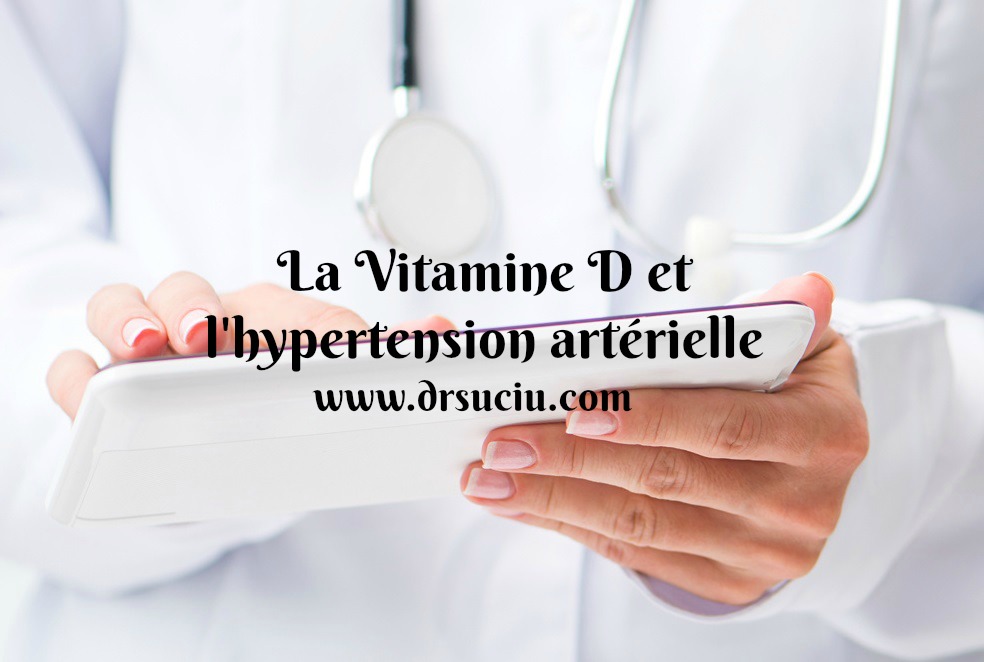
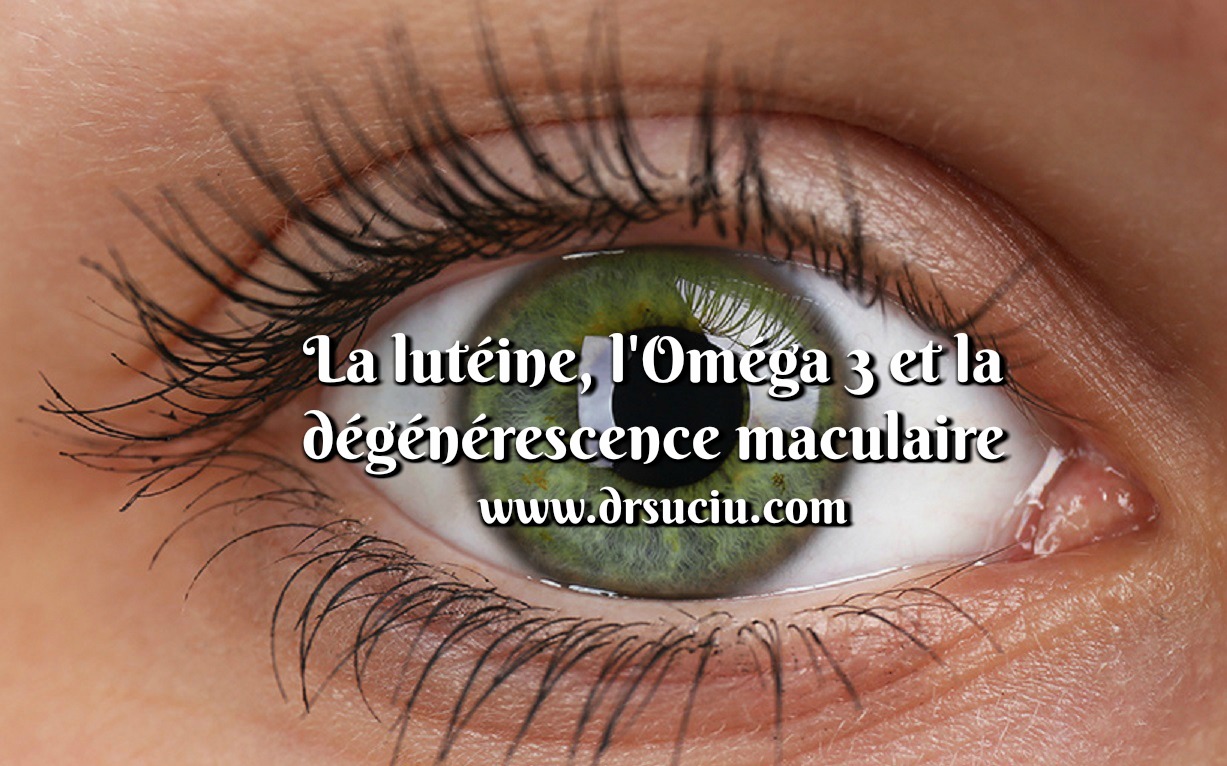


 Flux RSS
Flux RSS